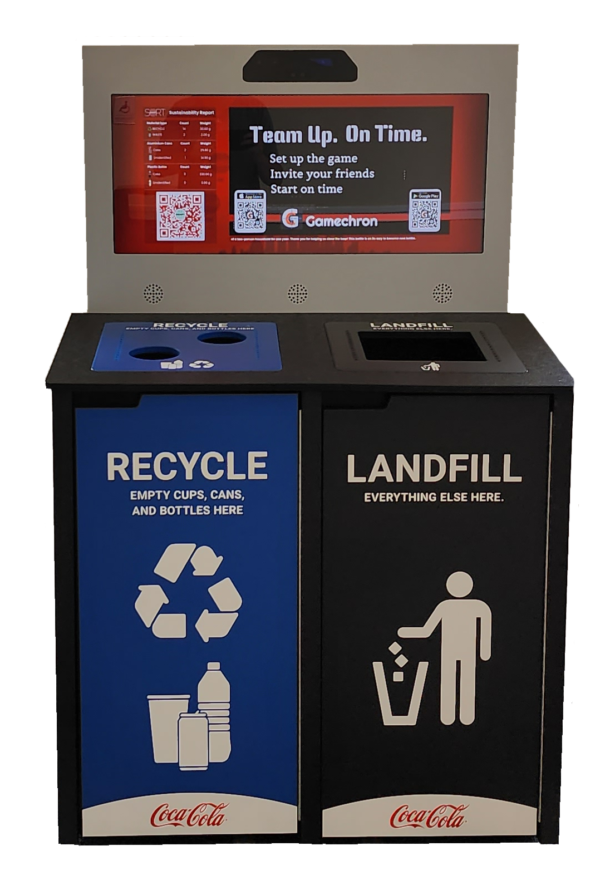Stadiums have long been a hub for entertainment and excitement and a gathering place for fans to cheer on their favorite sports teams. However, with this exciting environment comes a significant amount of waste that can negatively impact the environment. In recent years, stadiums have become leaders in waste diversion efforts, implementing innovative solutions that reduce their environmental impact while maintaining an engaging fan experience. Here are some inspiring sustainability success stories from stadiums that are leading the way in waste diversion:
The Green Sports Alliance: This organization was founded in 2011 and is dedicated to helping sports teams, and venues become more sustainable. The alliance has helped implement nationwide waste diversion initiatives in stadiums, including composting programs, zero-waste goals, and recycling education for fans.
CenturyLink Field: Home to the Seattle Seahawks, CenturyLink Field has implemented a zero-waste program that diverts over 90% of its waste from landfills. This program includes composting food waste, using compostable food service products, and recycling.
Levi’s Stadium: This stadium, located in Santa Clara, California, has implemented a unique waste diversion program that turns food waste into energy. The stadium uses a biodigester to break down food waste and create methane gas, which is then used to generate electricity for the stadium.
Mercedes-Benz Stadium: Located in Atlanta, Georgia, this stadium has set a goal of becoming the first NFL stadium to achieve LEED Platinum certification. This certification requires the stadium to meet strict standards for sustainability, including waste diversion efforts. The stadium has implemented composting programs, zero-waste initiatives, and recycling education for fans.
Target Field: Home to the Minnesota Twins, Target Field has implemented a program called “Sustainability Sundays,” which encourages fans to bring their reusable water bottles and participate in waste diversion efforts. The stadium also composts food waste and has a recycling program for plastics, glass, and aluminum.
These are just a few examples of stadiums leading waste diversion efforts. By implementing innovative solutions, educating fans, and setting ambitious goals, these stadiums prove that sustainability and entertainment can go hand in hand. As more stadiums follow in their footsteps, we can create a more sustainable future for our planet.




